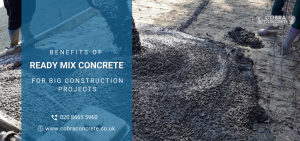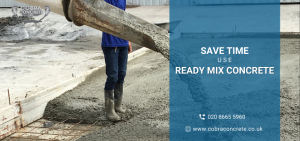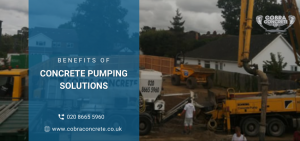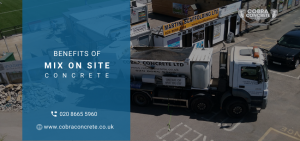During the old times, when readymade products were still a far-fetched dream, the concrete mix was created with a manually done blend of cement, sand, lime and water. But times have changed, and pre-blended concrete mixes are readily available anytime. But the trick of mixing the right amount of water still lies with the builder.
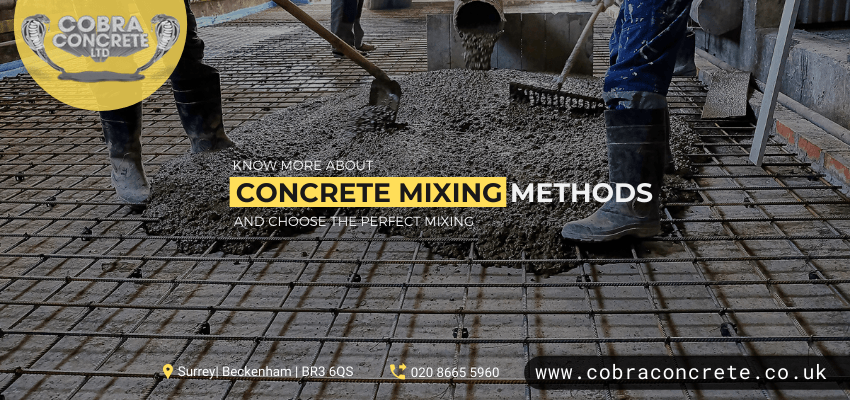

Understanding the three most important methods
Hand Mixing
The purpose of hand mixing is true to its moniker. It merely involves break the dry material blend into a big enough container, pour the adequate amount of water, and then mix by hand. A stirring tool or jiffy mixer can be used for the blending process. But it is not favoured for large-end constructions for apparent reasons. It is a slow and inconvenient process and is always in a risk of miscalculating the wet-to-dry proportion, resulting in a weaker concoction than expected.
Batch Mixing
Batch mixing is commonly seen in medium-scale constructions for blending of concrete in Surrey. The process is to make several batches of concrete mix in a day’s work by churning the dry blend and water together in a mechanised mixer basin. The amount of mix blended in one turn depends on the size of the mixer. Most commercial ones can make around 8-12 cubic feet of material at once. But it poses a limitation that is similar to hand mixing – the possibility of inadequate or excess amount of water. The measurement of water is done manually, and hence the possibility of a mismatch between two batches of the mix is very much there.
Continuous Mixing
This newer and cutting-edge option involves a mixer machine that takes care of everything, making the element of human error out of the equation. The builder or operator has to pour out the dry material into the hopper and switch on the necessary buttons. A dosing shaft automatically pushes the dry blend into the mixer and then adds pressurised water. The amount of water inflow can be adjusted from outside, which assures proportion accuracy in this method of mixing. It allows the mixture to be consistent, and once it is done, it can be transported to any location required.
Which one to choose?
The decision lies entirely on the nature of the construction. The factors that should determine your choice are:
- Size of building: Batch mixers serves well for small to medium scale projects, while continuous mixtures are ideal for large scale projects.
- Portability: Hand mixing is the most portable. Some batch and continuous mixers are qualified for transportation as well, though it requires logistics.
- Power supply: Batch mixers can operate on a standard plug pin, but continuous mixers need at least a 23-Volt outlet to function. Cobra Concrete is a family-owned supplier of concrete solutions that are sustainable, cost-effective and energy-efficient. With an industry experience of over two decades, they are among the top companies that come to mind when you think of concrete solutions in Surrey.

